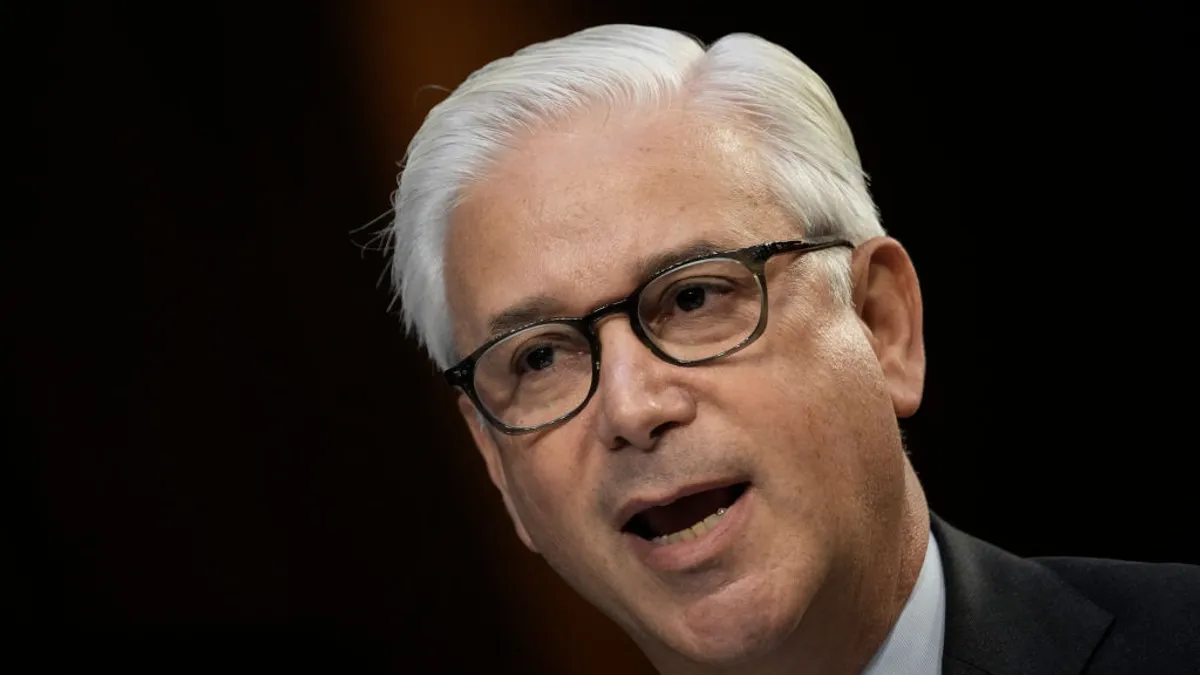Dive Brief:
-
Payment platform Affirm on Oct. 7 announced the launch of its app, which allows consumers to shop at nearly any store and pay for their purchases in installments, according to a company press release.
-
The company noted that half of its users are millennial or Gen Z shoppers. Retailers who have partnered with the payment company have experienced up to a threefold increase in on-site conversion compared to other apps, and those who accept Apple Pay or Google Pay have also experienced a 14% increase in in-store transactions, the company said.
-
In the app, shoppers can pre-qualify for loans they can "responsibly afford" and 0% and low-APR offers at notable brands, the company's press release said.
Dive Insight:
Affirm appears to be pushing its alternative payment method for credit card-averse consumers in time for the holidays. Two-thirds of consumers say they want to avoid credit cards this holiday season, according to findings cited by the company.
Given that Gen Z and millennial shoppers comprise much of the company's base, that's not surprising. Gen Z and millennial consumers have long had a complicated relationship with credit cards.
Even though many store credit card holders regret opening such accounts, consumers — particularly younger millennials — continue to apply for in-store credit cards, but they are also the most likely to be denied those cards. This year alone, retailers such as Walmart, Sephora and Sally Beauty have created their own branded credit cards packed with customer perks.
Affirm's competitors Klarna and Afterpay offer similar services, where consumers can pay in installments and have enlisted retailers like Toms, Asos, Levi's and Ray-Ban. Meanwhile, Affirm has been working with retailers such as Walmart and Verishop to offer its installment payment service to new customers before its app rollout.
It remains to be seen how the broader economy and consumers' willingness to take on debt will affect this year's holiday season. Consumers are paying attention to how tariffs will affect the cost of holiday goods. While some consumers anticipate spending more this holiday season, others are tightening the reins.













